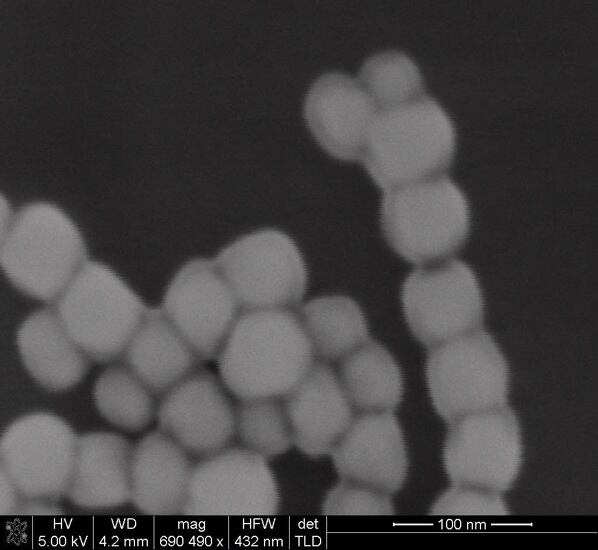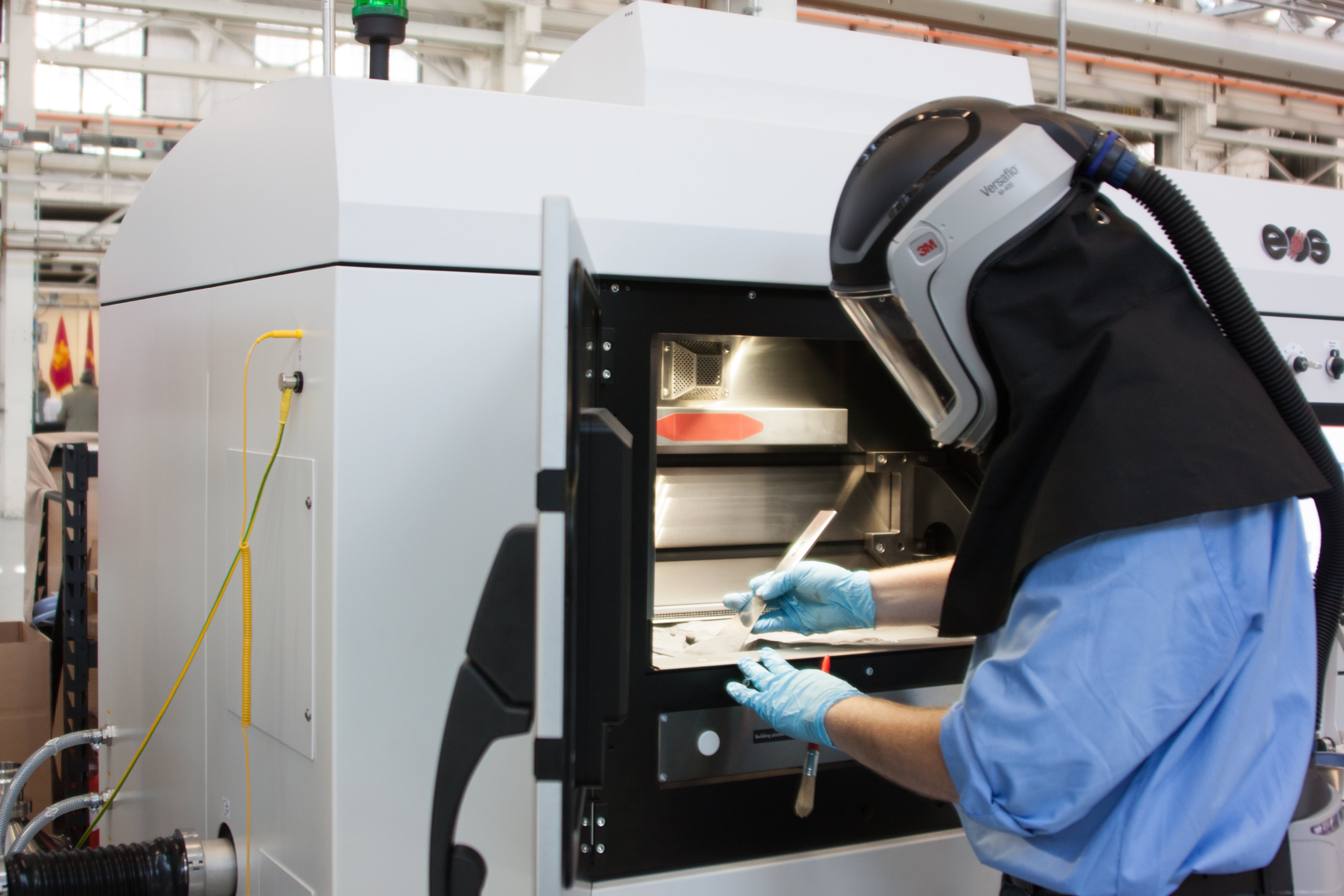Jumping spiders can see the moon in the night sky. This is fascinating for astronomers and arachnologists alike, and it might be of interest to the Army, too. On Feb. 26, 2019, the Army awarded Lockheed Martin a $10 million contract for precision biodesign to see if the venerable defense giant can work with new biotech companies to make cells that work as sensors.
There are only three kinds of animals with telescopic eyes like jumping spiders (the other two are falcons and chameleons), and the jumping spiders are by far the most compact. Miniaturization in electronics has done wonders for fitting capable sensors into smaller and smaller casings, but that still has nothing on nature.
“A jumping spider can see objects as clearly as a pigeon or a small dog,” writes Ed Yong, “even though its eye tube is less than a millimeter long, and its whole body gets no bigger than 5 millimeters.”
Millimeter-sized telescopes is at best a reach goal for present technology, but both the Army and Lockheed Martin clearly think there is a there there in biodesign for military use. The Army Research Laboratory entered into a five-year agreement with Lockheed Martin for the “Self-Assembly of Nanostructures for Tunable Materials.” That project has a stated goal of developing rapid prototyping methods “using bio-production and self-assembly to create the building blocks of novel materials for defense optical technology and protective coatings.”
Cells. The Army is looking to Lockheed to grow cells, that it can then use in sensors, armor, camouflage and maybe even stealth-enhancing coatings.
"Harnessing the power of self-assembling materials is sustainable, affordable and can be much faster to produce than artificial methods,” said Melissa Rhoads, senior research manager and Lockheed Martin lead for the project. “As much potential there is for biodesign, the maturity of the materials technology is still low, so our five-year study will advance this field significantly for precision science."
Among the many future uses the Army sees for this biotechnology are advanced corrosion-resistant paints, lightweight and high-performance optics on drones, conformal antennas, and the ability to produce repair parts in the field through “simpler, greener and rapid adaptation.”
To develop the technology, Lockheed will work through the Army’s open campus system to draw on researchers at universities, as well as researchers in the Army, Lockheed Martin, and small businesses.
The end result may be robots with spider-inspired eyes, coated in specially grown stealth paint, ready to fight a greener kind of war.
Kelsey Atherton blogs about military technology for C4ISRNET, Fifth Domain, Defense News, and Military Times. He previously wrote for Popular Science, and also created, solicited, and edited content for a group blog on political science fiction and international security.








